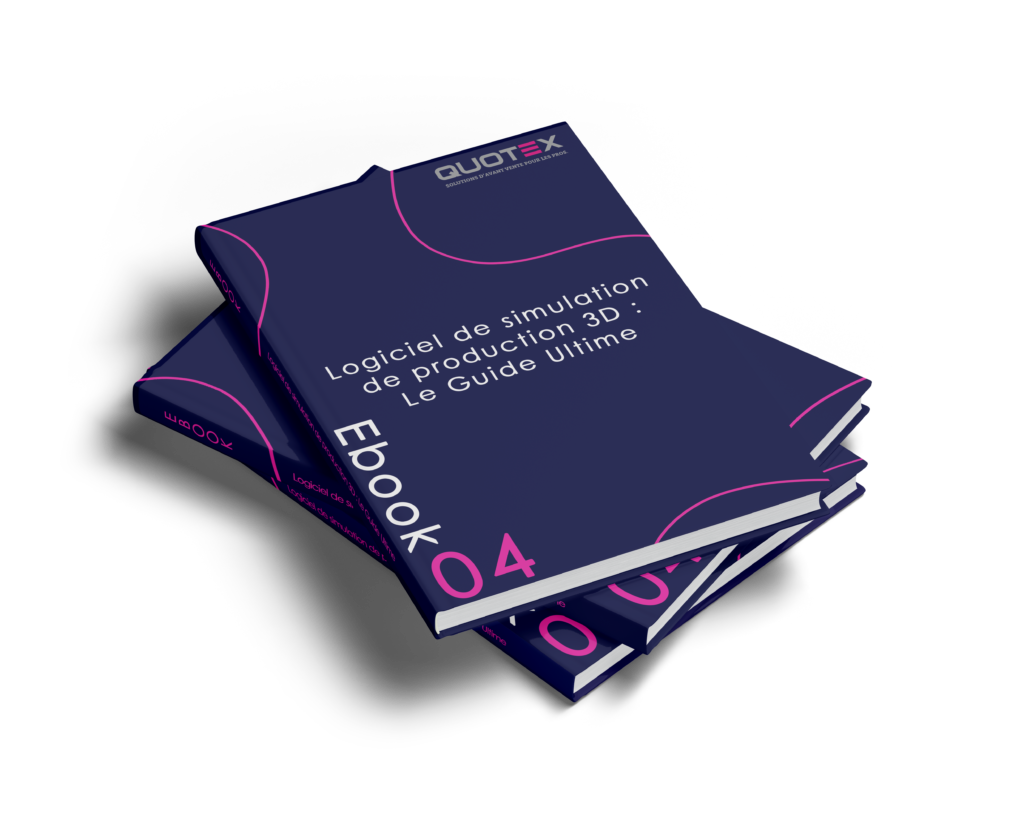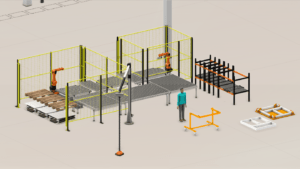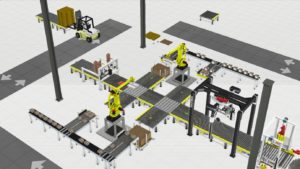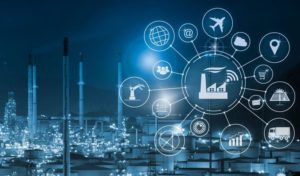Data visualization helps us make more sense and see what is not visible in the data itself. In the era of big data, visualization provides the missing link: utility. The latter is made possible thanks to simulation which provides rapid understanding between teams.

In one of our articles, the concept of comprehensive visualization was introduced and a case presented to production design teams to use as a tool to stay competitive in the Industry 4.0 era.
Today, we'll broaden our focus to explore other industries using visualization , with an eye toward common benefits that can be used in design and manufacturing planning.
Given that communication is a fundamental tool for human interaction and visualization is an evolution of communication, it is not surprising that visualization applications are virtually limitless. Let's look at some interesting ones below.
Data visualization: a variety of applications
“By visualizing the information, we transform it into a landscape that you can explore with your eyes, a sort of information map. And when you're lost in information, an information card can be helpful. » (1)
David McCandless, data journalist
In fact, the “map” provided by visualization is downright essential when it comes to processing massive amounts of data that would otherwise be very difficult to process and extract actionable insights from it.
Scientific fields like astrophysics and medicine provide poignant examples of large-scale data processing. Astronomers run simulations of galaxy formation where each “snapshot” can exceed 25 terabytes.
scientists use visualizations to look for patterns , in the context of a single human genome containing 100 gigabytes of data, in the search for personalized medicine.
Even in environments where the data is not as massive, visualization still helps analyze statistics over long periods of time. In professional and college sports , for example, coaches use data visualization of game , season, or career statistics for scouting and player development. Like scientists and sports directors, manufacturing design teams should expand their thinking to include very large data sets to optimize their business operations; visualization can help.


“Nine Year Microwave Sky” – The detailed image of the entire sky of the infant universe created from nine years of WMAP data. By NASA/WMAP Science Team [Public domain], via Wikimedia Commons.
Besides skillful handling of big data, data visualization can also be very useful in environments where data and its observers can interact, in a two-way data flow . Nowhere is this more useful than in observing people themselves.
The field of education, for example, is making great strides in using data visualization as a feedback tool to improve the educational experience through personalized teaching.
At a summit on educational data visualization in 2014, Kathleen Styles, director of the U.S. Department of Education, said, “In the past, we knew our content. In the future, we will know our learners. »
Plant planners and managers can also think about what data their employees, customers or other stakeholders may be able to contribute in the quest for optimization and value creation . Again, visualization can be an elegant and practical way to observe such data and make it useful.
Finally, and perhaps most exciting, data visualization opens up the possibility of analyzing data in an increasing number of new ways ; and these capabilities evolve every day.
Economists and demographers use “data mapping ,” creating new maps along political, economic, and other societal axes rather than geographic ones. Pew Research's "Next America" project provides compelling visuals to illustrate the dramatic transformation of the U.S. population in terms of age and ethnicity.
The basic principle of insight is that non-obvious results are the key to finding value in data. Visualization , as a powerful way to uncover these insights, can make data meaningful, impactful, and even inspiring .
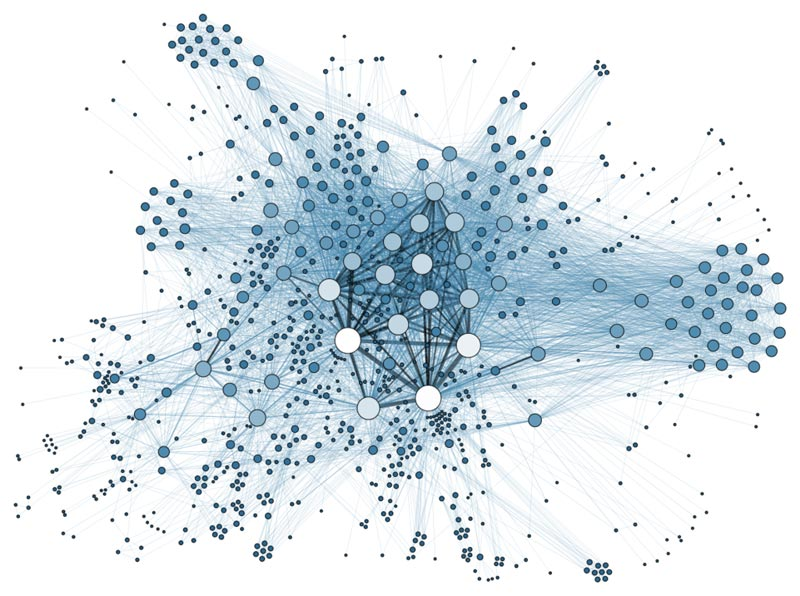
Social network – By Martin Grandjean [CC BY-SA 3.0], via Wikimedia Commons.
Modern data visualization through simulation
The oldest of visualization technologies, simulation has come leaps and bounds since the legendary 1958 rudimentary computer game “Tennis for Two.”
Today's simulation technology can be found in fields as varied as healthcare and military to entertainment and disaster preparedness .
Inseparable from modern engineering, simulation is vital for architectural and urban planning, as well as automotive and aeronautical R&D .
But the real treasure (and what excites us most) lies in tying everything together in a holistic sense, a complete visualization. With comprehensive visualization, it is not only possible to render a virtual environment providing a comprehensive view of formerly disparate systems, but also to simulate real-time processes enabling the discovery of anomalies and nuances that impact desired outcomes .
Comprehensive visualization is also a good way to observe a large space (like a huge factory) with a bird's eye view , just as data visualizations allow you to observe a large set of data in a meaningful way. The value of such a tool in the planning process is immeasurable.
Data visualization encourages rapid understanding between teams
Whether data visualization or visualization in a more traditional sense like simulation, visualization is undoubtedly a means of better immersion , engagement and recall than older tools using non-active data.
Visualization encourages rapid understanding between teams, making sense of data with high volume, velocity and variety.
It brings data to life and puts it into stories, how people want to consume it; hitting another part of the brain that encourages retention.
In the era of big data, visualization provides the missing link: utility. A bridge between human cognition and automated analysis, it can give production design teams the ability to literally “see” their business like never before .
Experience data visualization through industrial simulation
Industrial, discover the power of data visualization through 3D simulation software such as Visual Components .
It allows you to improve communication on production line and logistics design projects, avoid errors and save time.
Contact us to benefit from a personalized, no-obligation demonstration.
(1). McCandless, David. “David McCandless: The Beauty of Data Visualization. » TED. Np, August 1, 2010. Web. November 15, 2016.
